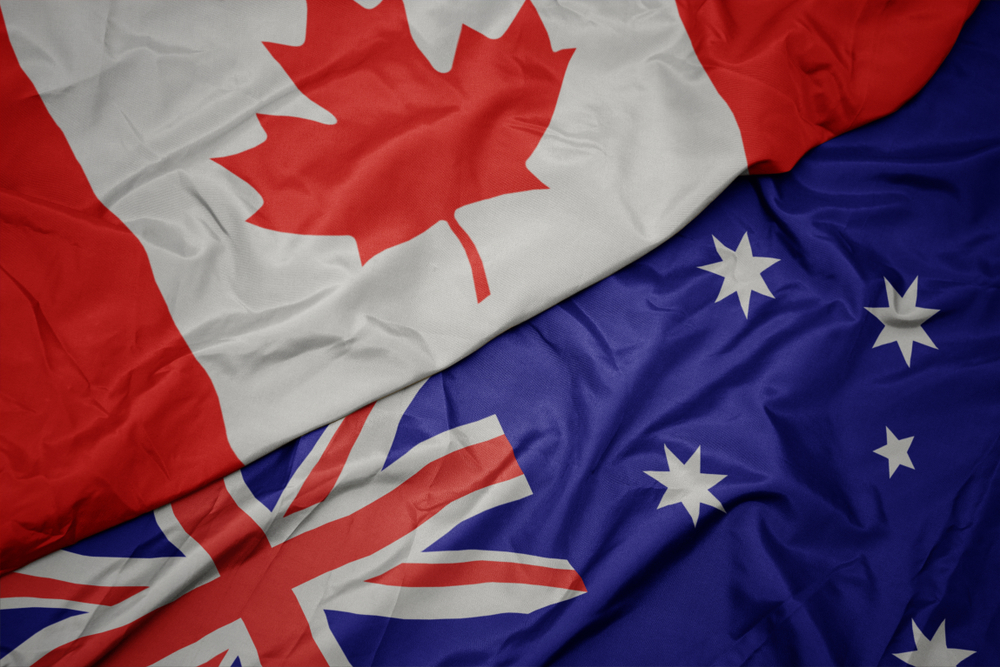Overlooked cornerstone of IP: Why trade secrets matter more than ever
While global IP harmonisation has continued to advance, one crucial element of the IP system continues to elude comprehensive global protection: trade secrets.

While IP harmonisation, including the conclusion of the WIPO Riyadh Design Law Treaty last year, has brought significant progress, one crucial element of the IP system continues to elude comprehensive global protection: trade secrets.
Trade secrets or confidential information cover a vast range of information, potentially all types of financial, business, scientific, technical, economic or engineering information, provided that the information is confidential, is treated as such by its holder and is commercially valuable. Being confidential and, thus unknown to competitors, the information can be an extremely important means of obtaining or preserving a competitive advantage.
“Trade secrets have grown in importance in recent times,” said Dr Francis Gurry, IPH Strategic Advisor and former Director General of WIPO. “The digital revolution has meant that most of an enterprise’s data or information is stored digitally and is, thus, vulnerable to cyber-intrusions.”
“In an economy that highly values skilled personnel – think of the scramble for resources skilled in artificial intelligence, for example – the mobility of skilled personnel can lead to leakages of confidential information. Supply chains and the use of outside consultants and contractors also involve the sharing of confidential information and represent a risk factor for enterprises.”
These theoretical reasons for thinking that trade secrets have become both more valuable and more vulnerable are confirmed by surveys of enterprises. A survey by the US National Centre for Science and Engineering Statistics found that some 75% of US businesses that funded or performed R&D in 2018 ranked trade secrets as the most important form of IP protection.
“It’s a much-neglected area,” said Dr Gurry. “Trade secrets cover so much valuable information that is not captured by other IP rights, but that can be crucial to the understanding of how technology works in practice or of what technical and financial results are being achieved by the use of certain technology.”

“In an economy that highly values skilled personnel – think of the scramble for resources skilled in artificial intelligence, for example – the mobility of skilled personnel can lead to leakages of confidential information. Supply chains and the use of outside consultants and contractors also involve the sharing of confidential information and represent a risk factor for enterprises.”
Dr Francis Gurry | Strategic Advisor, IPH Limited
Despite its importance, the law of trade secrets or confidential information remains very divergent internationally. Unlike patents and trademarks, which have benefited from international harmonisation efforts, trade secrets are governed by a patchwork of national laws.
Dr Gurry noted that the UK, the USA and other common-law countries have historically given strong protection to trade secrets or confidential information, based on a specific action related to trade secrets or confidential information. Civil law countries regulated trade secrets either through the Civil Code or through the law of unfair competition. Article 39 of the WTO TRIPs Agreement, which deals with “undisclosed information” brought about a degree of convergence between the two different approaches and a basic international understanding of the main elements of the protection of trade secrets and confidential information, but significant differences remain.
In seeking to create greater convergence, one of the biggest challenges to overcome is the generally negative view in society about secrecy, despite the fact that many fundamentally important relationships, such as banker-enterprise, doctor-patient, enterprise-consultants, depend entirely on the preservation of confidentiality. Attempts to introduce stronger trade secret protection or even more uniform trade secret protection may often face resistance from those who see it as a tool for corporate secrecy rather than economic security. “If you talk about protecting secrecy, there will be a strong camp saying, ‘We live in a society of transparency,’” Dr Gurry explained. “It’s all about getting the politics of this right.”
For businesses, the key takeaway is clear – proactive trade secret management is essential. “Every company should start with an audit of their intellectual assets,” Dr Gurry advised. “What do you have that’s valuable? What legal and practical measures do you have in place to protect it? What education programs do you have for employees to appreciate the need for discretion and confidentiality? And for startups, whose only assets are often intellectual, please take care in tailoring your pitches for funding in such a way that you do not give away the corporate jewels in the process.”
While international treaties on patents, trademarks, and now designs have provided greater certainty, the next frontier in IP protection may well be ensuring that confidential business and technical information doesn’t become the weakest link.






